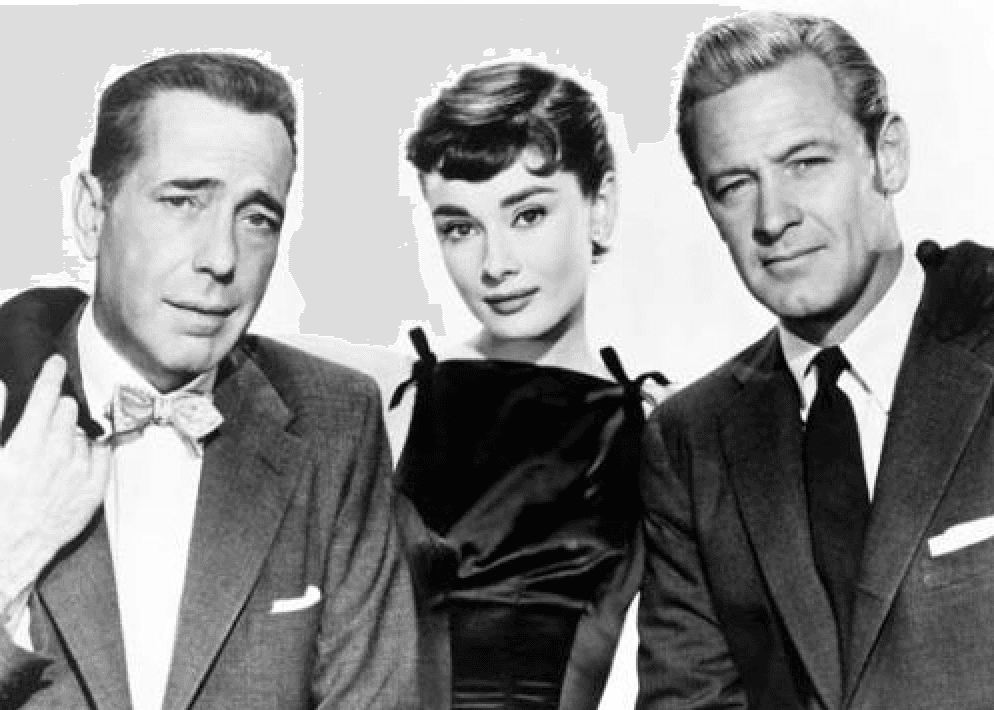Commentary
The old versus the new is one of the longstanding battles of film lovers. When a beloved movie is remade, arguments inevitably arise over which version is better. While some will love the new innovations of the latest creation, others will insist that the original can’t be beat.





